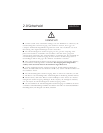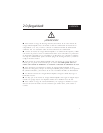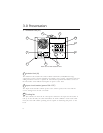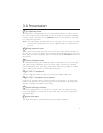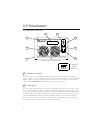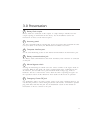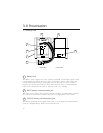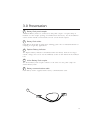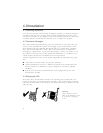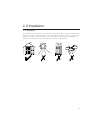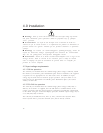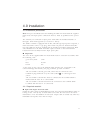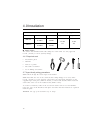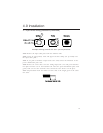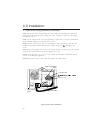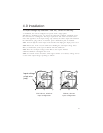
14
4.0 Installation
4.1 Receiving inspection
Once the UPS has been removed from its shipping container, it should be inspected
for damage that may have occurred while in transit. Immediately notify the carrier
and place of purchase if any damage is found. The packing materials are made from
recyclable materials and should be saved for reuse or disposed of properly.
4.2 Protection Strategies
This UPS provides high performance power line protection to the loads. There are,
however, other potential entry points for damaging surges in information systems.
These include serial ports (RS-232, RS-422, RS-485, etc.), parallel ports, telephone
lines, and network connections. These other entry points must be considered in
developing a comprehensive system protection strategy. Contact your dealer or call
the number on the back cover of this manual for information on a complete set of
related products designed to accomplish total system protection.
Sensitive information systems can be further safeguarded by following these guide-
lines:
n Verify that all electrical outlets are properly grounded.
n Connect information systems to a different electrical service branch than heavy
motor loads like air conditioners, copiers, refrigerators, and heavy industrial
machinery.
n Plug all power protection and information system equipment into the same
branch where possible.
4.3 Moving the UPS
The UPS is heavy and should be moved to the operating site by hand truck. Two
people are necessary to load the UPS into position on the truck noseplate. Load the
UPS onto the hand truck as shown below. Use hand truck straps to stabilize the load
while moving.
Caution:
Never attempt to lift the
UPS by the Electronics Unit
or by the EU separating
screw!



